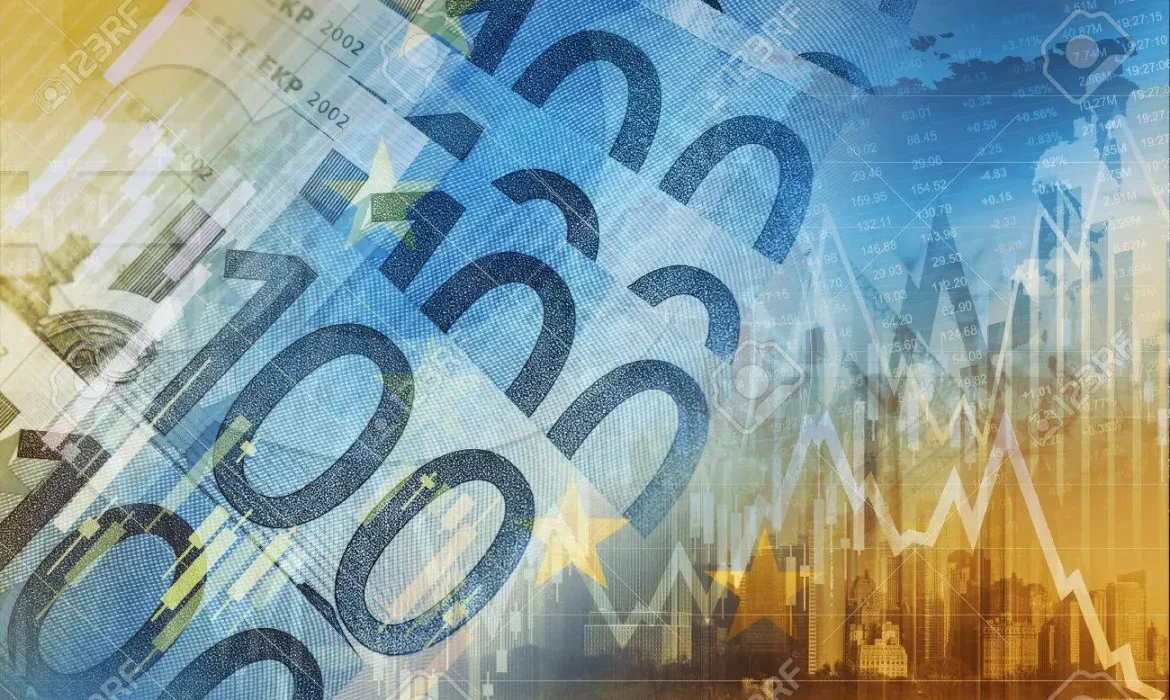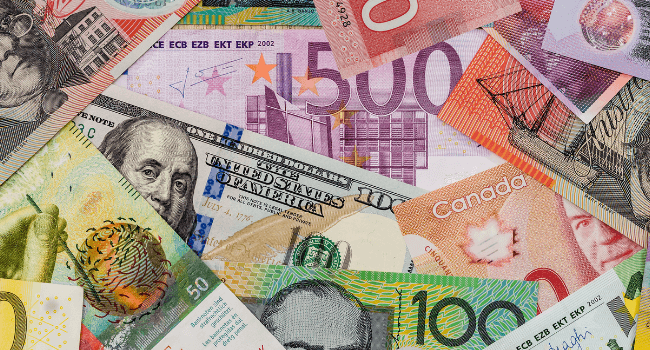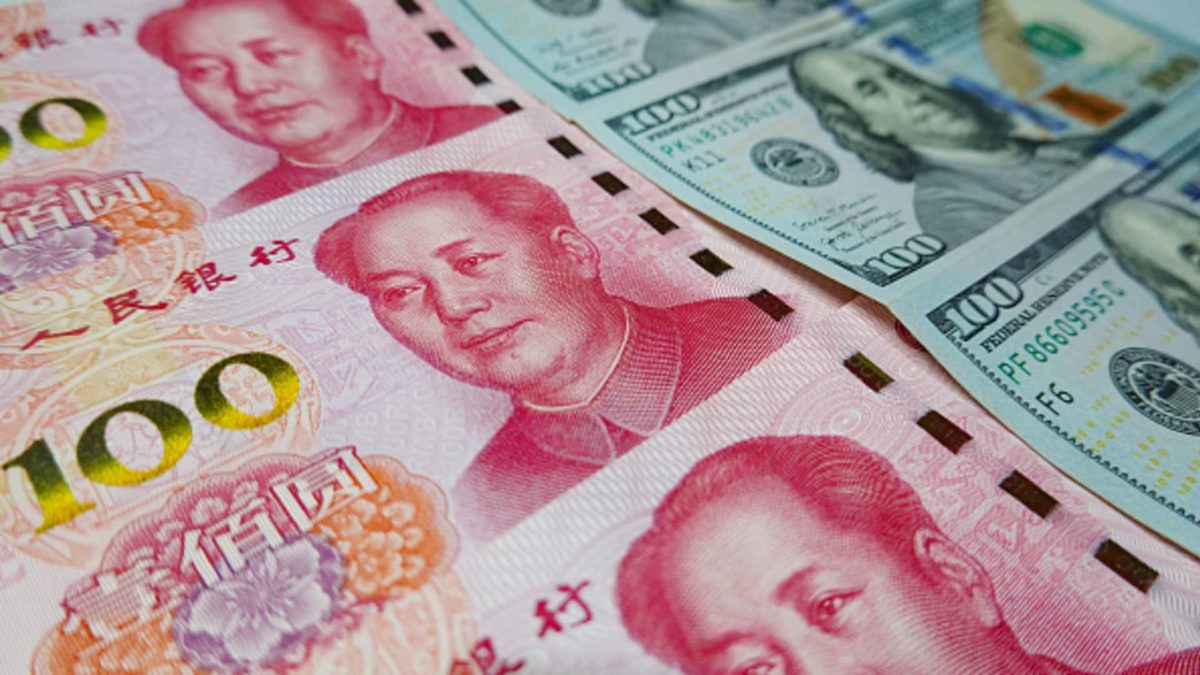In December, history shows the Euro gains versus the dollar. But, the hurdle for future seasonal cheer has grown significantly since an increase of more than 5% in November. The potential energy crisis is threatening this winter. There are other factors even before investors consider the region’s macroeconomic headwinds. Euro’s rally bulls have a lot of risks to maneuver right now, including some big central bank meetings.
The euro’s rally soared in the past month. This happened due to bets that the Federal Reserve would slow its rate of increases, weakening the dollar. Additionally, investors anticipated China would reopen its economy. A general expectation of a recession may not be as severe as anticipated, according to data showing the euro area’s downturn has slowed.
While the case for time-specific flows is stronger in December than in particular months, seasonal currency fluctuations are often rejected as chance. When holiday season reserves run out, investors will liquidate their holdings, and European end-of-year reporting standards could cause possible repatriation flows.
During the introduction of the euro, it rose on 15 or 23 December. That adds up to a 1.5% rally on average, which is more than double the next-best month’s.
At Monex Europe, Simon Harvey oversees currency analysis. According to him, the historical performance may have been partly due to Europe’s unfavorable interest rates. Investors would take money out of Europe in search of higher-yielding assets, only to come back for reporting at the end of the year.
Inflation and Higher Interest Rates Are Wreaking Havoc on Markets
When the European Central Bank and the US Federal Reserve both slow the pace of interest rate increases in mid-month, risks might increase. Investors may return to the dollar at the expense of the euro if the Fed continues to signal upside inflation risks. The figures on US producer prices, unemployment claims, and sentiment next week may provide more insights into inflationary forces.
Increasing weather concerns also threaten the euro’s rally. Temperatures in Northern Europe appear to drop. This puts the region’s readiness for winter under strain as supplies from Russia’s invasion of Ukraine have been interrupted.
















